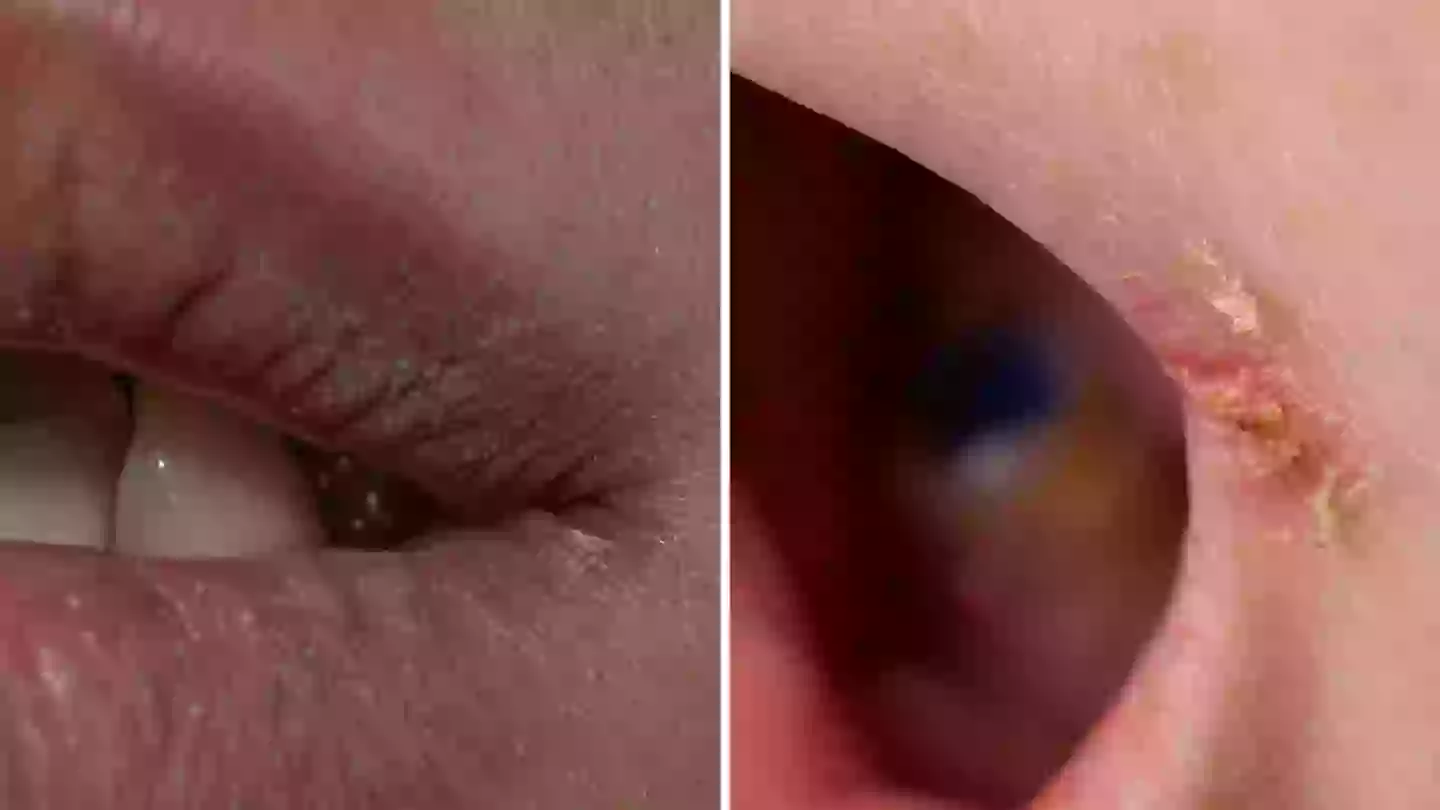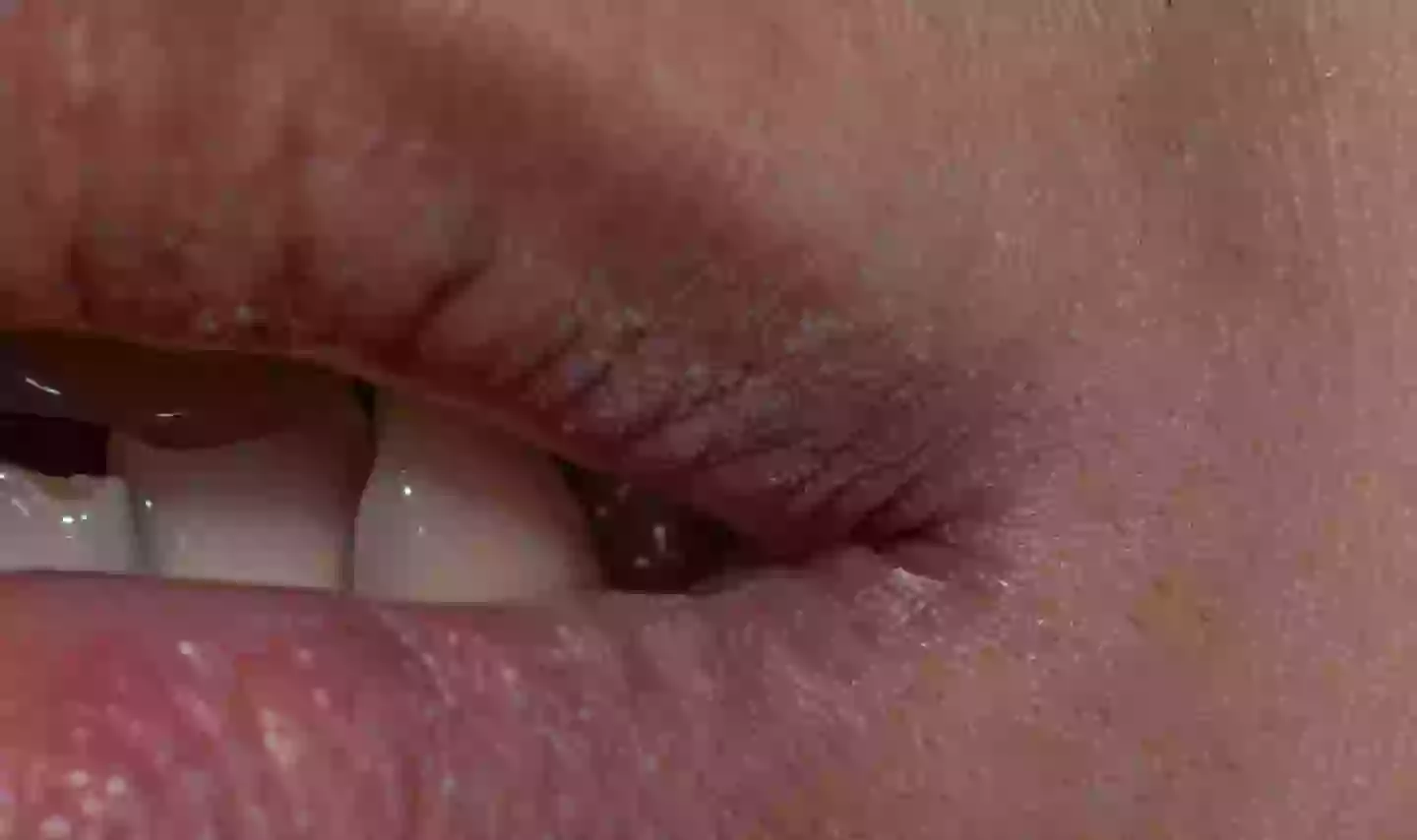
If you’re regularly sporting chapped lips, then you could actually be suffering from a fungal skin infection - here’s how you can tell the difference.
Freezing temperatures are unfortunately synonymous with dry, cracked skin, with many cold weather warriors suffering sensitive chapped lips all winter long.
Having flaky skin can take a massive toll on your confidence levels, cause you some mild pain and even lead to serious sores developing.
Advert
But did you know having sores in the corners of your mouth could indicate something a lot more serious is going on?
Your chapped lips could actually be angular cheilitis
Dr Joyce Kahng, owner of Orange and Magnolia Dental Studio in California, recently took to social media to comment on a man who discovered his chapped lips were actually a fungal infection.
Advert
The dentist, known as @joycethedentist on Instagram, said: "This could actually be angular cheilitis."
She explained: "Bacteria and yeast will get into little cracked corners, and then cause an infection."
Drooling during sleep, misaligned teeth and wearing a face mask can all cause dry, cracked lip corners that eventually trigger angular cheilitis.
Advert
Other causes include sucking on your thumb, ill-fitting dentures or suffering from atopic dermatitis and/or eczema.
Additionally, chronic lip lickers, smokers, people with cancers of the blood and those with diabetes often get fungal infections like these.
How do you know if you have angular cheilitis rather than just chapped lips?
People suffering from angular cheilitis sport irritated sores in one or both corners of your mouth.
Advert
These may be bleeding or blistering, according to experts at Web MD. The sores may also appear cracked or crusty, be itchy and/or painful, and appear red, scaly and swollen.
The real red flag you're suffering from something more than just chapped lips, according to Dr Kahng, is that 'no matter how much chapstick you use, it is not going to fix anything, and it's not addressing the root of the issue'.

Treatment for angular cheilitis
Dr Kahng noted two causes - Staph bacteria and Candida yeast, the latter of which can be cured with some over-the-counter Clotrimazole.
Advert
"But if the cause is bacteria, prescription antibiotic ointment is the way to go,” she continued. “Seal that all in with petroleum jelly - not chapstick!"
So, if you notice these red, swollen patches in the corners of your mouth, then you probably have angular cheilitis.
But what happens if you’ve tried all the lotions and potions and your angular cheilitis won’t budge?
In this instance, you may actually be suffering from a variety of nutritional deficiencies such as iron and vitamin B12, says Dr Kahng.
